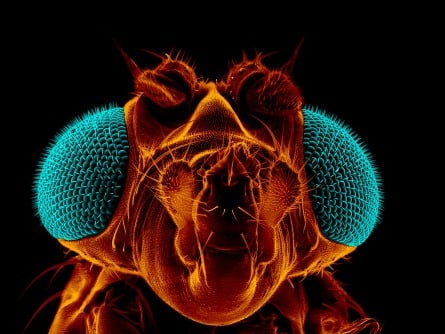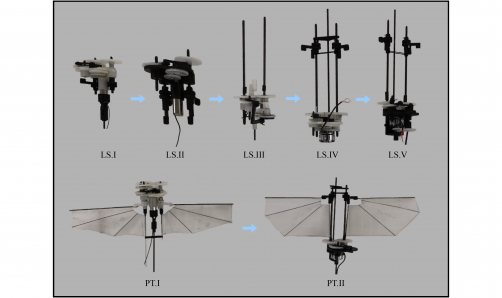UPDATE: Florida Atlantic University neuroscientists have made a groundbreaking discovery about the protein known as Frazzled, crucial for neuron connectivity in fruit flies. This urgent research reveals how Frazzled facilitates lightning-fast communication between neurons, a vital process for all nervous systems, from insects to humans.
The study focuses on the Giant Fiber System (GF) of Drosophila, integral for the fruit fly’s rapid escape reflex. When Frazzled is absent or mutated, researchers found that neurons struggle to form adequate electrical connections, leading to slowed neural responses and weakened communication between neurons and muscles.
Published in the journal eNeuro, this discovery highlights the importance of Frazzled in maintaining reliable synaptic connections. According to Rodney Murphey, Ph.D., senior author of the study, “Our next steps are to explore whether similar mechanisms control neural circuits in other species, including mammals, and to see how this might influence learning, memory, or even repair after injury.”
The researchers identified a significant connection between Frazzled and a protein called shaking-B(neural+16), critical for forming gap junctions—tiny channels enabling direct and rapid signal transmission between neurons. When Frazzled is compromised, these junctions fail to develop correctly, causing substantial communication breakdown in the GF system.
Utilizing a genetic tool known as the UAS-GAL4 system, the team reintroduced fragments of the Frazzled protein into mutant flies. Remarkably, the intracellular portion of Frazzled—responsible for influencing gene expression—was sufficient to restore synaptic structure and neuronal communication speed. However, disruptions to this area, such as deleting the vital P3 domain, impeded recovery, underscoring the critical role of Frazzled in gene activity regulation.
Beyond experimental findings, the team created a computational model simulating how variations in gap junction numbers affect neuron firing reliability. The model highlighted that even minor changes in junction density can significantly impact the speed and precision of neural signals.
This dual role of Frazzled, as both a guidance molecule and a regulator of synapse formation, reveals new insights into neural wiring. Flies lacking Frazzled exhibited errant neural growth, failing to connect with their intended targets. Restoring the intracellular domain corrected these guidance errors, demonstrating Frazzled’s importance in both wiring and fine-tuning neuronal communication.
The implications of this study extend beyond fruit flies. Similar proteins in other organisms, including worms and vertebrates, may influence chemical synapses, suggesting a conserved role for Frazzled and its relatives in neural network formation.
“Understanding how neurons establish reliable connections is a central question in neuroscience,” stated Murphey. “Frazzled gives us a clear handle on one piece of that puzzle, paving the way for future research into neural development, neurodegenerative diseases, and repair strategies for damaged circuits.”
This urgent research not only sheds light on fundamental mechanisms of the nervous system but also opens avenues for exploring therapies for neurological disorders affecting millions worldwide. As scientists continue to unravel the complexities of neural circuits, the role of proteins like Frazzled becomes increasingly critical in understanding both normal brain function and disease.
Stay tuned for more updates on this developing story.







